Color of course needs to be an important consideration in planning the garden. You may be familiar with Gertrude Jekyll’s important book devoted just to the subject, Colour Scheme in the Flower Garden. If you don’t know it—or if you your copy is falling apart—you can read it for free online via Google Books. Her selections of plants won’t apply to many locations since she lived in England, but her thought processes about choosing colors and staging processions of colors throughout the year colors are instructive and worth the read.
You can find plenty of other garden books online through Google books. If they’re out of copyright you can see the entire text. Even if they’re still under copyright control, you can skim through many others–usually enough to let you decide if you want to buy the book, and often enough to answer a specific question that might be your only reason for wanting to look at the book.
When Google started their massive project to digitize items in many of the world’s major libraries they raised more than a few eyebrows. What were they up to? What were they doing scanning all these books and potentially releasing for free the hard work of the world’s authors?
I’ve just finished The Big Switch: Rewiring the World, from Edison to Google by Nicholas Carr. It’s definitely a work of journalism and not poetry, but a paragraph on page 223 made my jaw drop and just by itself made reading the book worthwhile:
George Dyson, a historian of technology…was invited to Google’s headquarters in Mountain View, California, in October 2005 to give a speech… After his talk, Dyson found himself chatting with a Google engineer about the company’s controversial plant to scan the contents of the world’s libraries into its database. “We are not scanning all those books to be read by people,” the engineer told him. “We are scanning them to be read by an AI [Artificial Intelligence].”
Creepy. But at least in the end, when Google’s computers take over the world, they’ll at least be able to put together a color-coordinated English cottage garden.


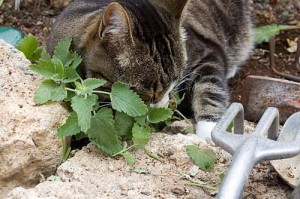
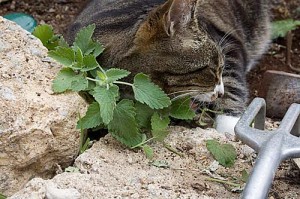
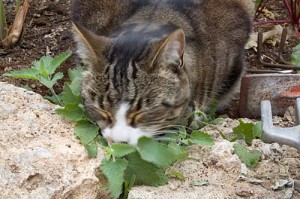
 Photo from the Wikimedia Commons, contributed by Eugene van der Pijll [
Photo from the Wikimedia Commons, contributed by Eugene van der Pijll [ 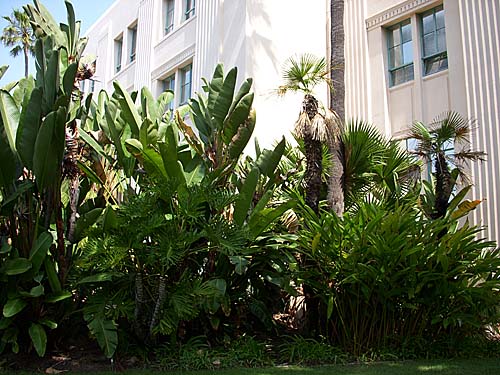


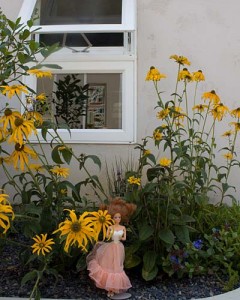
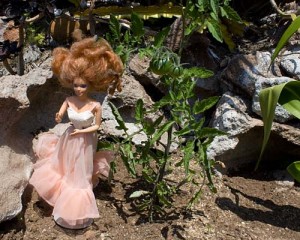
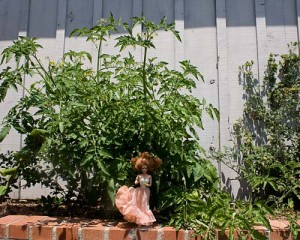

 The Kyocera trees seem to be slanted more to corporate environments, and besides I find them more than a little monolithic and overwhelming. Would you want these in your garden? But something along these lines could be practical, good for the environment and attractive. Sounds like a job for an artist or designer instead of an engineer…
The Kyocera trees seem to be slanted more to corporate environments, and besides I find them more than a little monolithic and overwhelming. Would you want these in your garden? But something along these lines could be practical, good for the environment and attractive. Sounds like a job for an artist or designer instead of an engineer…
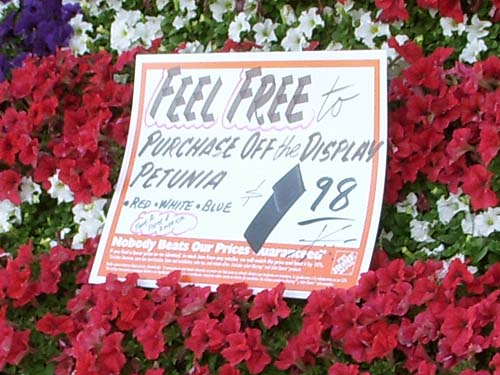
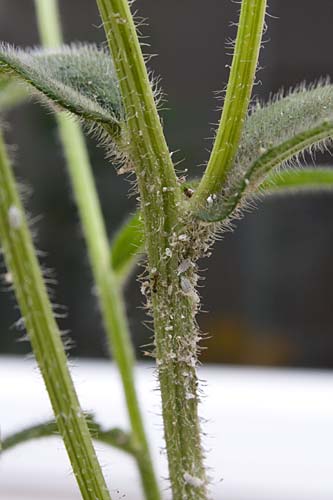 A few days ago I discovered that there was a sudden and massive infestation of mealybugs on one of my plantings of green-eyed gloriosa daisies, Rudbeckia hirta. In addition to the mealybugs, there was a major trail of ants going into the bed.
A few days ago I discovered that there was a sudden and massive infestation of mealybugs on one of my plantings of green-eyed gloriosa daisies, Rudbeckia hirta. In addition to the mealybugs, there was a major trail of ants going into the bed.